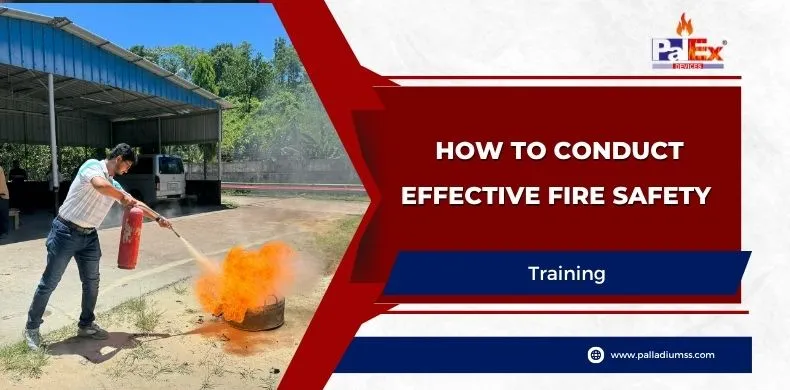Training in fire safety and how to evacuate is very important for an organization’s readiness when emergencies happen. Good training can make a big difference between disorder and organized action during crucial times. It is necessary for organizations to put comprehensive training programs first, which cover both theory knowledge and practical use.
Understanding Training Fundamentals
Fire safety training at work is very important for the well-being of employees and to meet legal rules. Good programs need to include ways to prevent fires, how to act in emergencies and steps for leaving safely during a fire. Training should be more like active participation instead of just listening passively so that people can remember better and stay interested.
Developing Comprehensive Training Modules
Workplace fire safety training needs organized lessons that tackle various parts of fire safety in a step-by-step manner. Start with the basic knowledge of fire science, such as principles of combustion and usual workplace threats causing fires. Move on to practical displays involving hands-on experience with equipment like correct usage of extinguishers, alarm systems and devices for emergency communication.
Creating Realistic Emergency Scenarios
Exercises in simulation make fire safety and evacuation training more effective by giving practical experience in a controlled setting. Create scenarios that represent real conditions at your workplace and the potential fire hazards particular to your facility. Incorporate different emergency situations like obstructed exits, power outages and equipment failures for preparing employees against varied challenges.
Establishing Clear Evacuation Procedures
The significance of fire safety training at work becomes clear when workers can carry out evacuation plans smoothly during real emergencies. Plan main and alternative escape routes, set assembly points and give specific tasks to trained staff. Frequent practice sessions help find gaps in procedures and strengthen correct evacuation methods among all employees.
Implementing Regular Assessment Methods
For fire safety training at work to be effective, it must include regular evaluation and improvement steps. Regular checks should be done using written exams, practical shows and feedback talks. It’s important to record when the training is finished and keep updated files for rules compliance. Plan yearly refresher classes to strengthen knowledge and present new safety procedures.
Ensuring Long-term Success
For fire safety and evacuation training to remain effective, it needs ongoing dedication from the leaders and active involvement of every worker. Include safety talks in your regular meetings, refresh training content based on best practices in industry and appreciate workers who show outstanding awareness for safety. Always remember that the value of workplace fire safety training is not just about following rules but also safeguarding lives and properties.
Frequent review and modification of fire safety training programs at work is important. It helps to keep them up-to-date and efficient in safeguarding the most precious resources of your organization.



